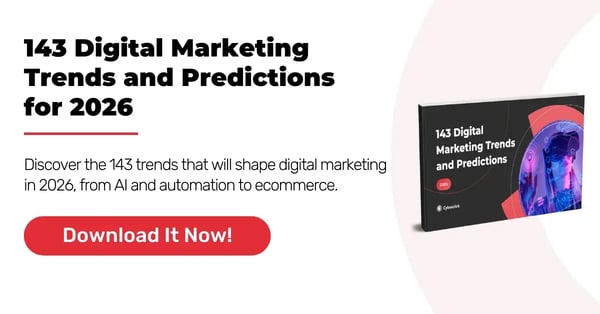Integrated marketing communications (IMC) is about sending a clear, consistent message across all the platforms you use to connect with your audience. That means your content, design, and tone should feel aligned whether someone sees your ad on Instagram or reads a press release.
It’s not just about having the same logo on every platform—it’s about delivering one unified story that supports your business goals and connects with your audience in a real way.
According to the American Marketing Association, IMC is a strategic process designed to deliver brand messages across multiple channels in a way that’s both effective and engaging. And in a time when customers are jumping between devices and platforms constantly, this kind of consistency isn’t optional—it’s expected.
Why IMC Is a Big Deal in Digital Marketing
Digital marketing isn’t just about putting out as much content as possible. It’s about telling a story that makes people want to stick around. With so many platforms to manage—TikTok, LinkedIn, email campaigns, podcasts, YouTube, blogs—it’s easy for your brand voice to get lost or diluted.
When your messaging is scattered or unclear, you lose trust. On the other hand, when everything feels like it’s coming from the same source, you build credibility and keep your audience engaged.
This is especially true in the digital world, where people can move from one channel to another in seconds. A customer might see your Instagram ad, click through to your website, subscribe to your newsletter, and still expect that each interaction feels connected and intentional.
Core Elements of an IMC Strategy That Works
1. Start With One Clear Message
Before you even think about channels or campaigns, you need to figure out what you’re trying to say. What is your main message? What problem are you solving for your audience? What tone fits your brand? Once you’ve got all that down, it’s a lot easier to carry that message across every touchpoint.
2. Keep Your Brand Voice Consistent
Whether you’re posting a Reel on Instagram or writing a how-to guide on your blog, your brand tone should feel the same. This doesn’t mean that you can’t adapt your tone for different platforms—it just means your core identity needs to stay intact.
Take Nike, for example. Their messaging is always about empowerment, ambition, and action. Whether it’s an IG post or a commercial during the Olympics, you know it’s Nike.
3. Use Data to Stay On Track
Integrated doesn’t mean identical. A big part of IMC is knowing who you’re talking to and adjusting your message for different segments without losing your brand identity. That’s where data comes in.
Use analytics to see how your campaigns are performing across platforms. Are people clicking through your emails but ignoring your Facebook ads? Is your YouTube channel pulling in a younger crowd than your LinkedIn posts? Use that info to shape your content and make smarter choices.
4. Sync Up Your Teams
A big obstacle when it comes to pulling off an IMC strategy is getting all your departments aligned. Your social team shouldn’t be off doing one thing while your email team is doing another. Marketing, sales, PR, and customer service all need to be on the same page.
Regular check-ins, shared campaign calendars, and open communication channels go a long way toward building a truly unified marketing effort.
Real World Example: Apple
Apple's messaging around simplicity, innovation, trendiness, and sleek design is implemented into every ad, every keynote, and every product page. Whether you see an iPhone billboard, a YouTube video for a new product launch, or get an email from Apple, the experience feels like it’s part of one big conversation. That’s what great IMC looks like.
Challenges to Watch Out For
-
Too Many Hands on Deck: If too many teams are creating content without clear guidelines, things can take a toll quickly.
-
Message Fatigue: Repeating the same message too often without updating the context can feel stale and fail to grab users' attention.
-
Lack of Optimizations: Be sure to regularly monitor performance because without good analytics, you won’t know what’s working—or where your messaging might be falling flat.
Final Thoughts
Integrated marketing communications helps you cut through the digital chaos by giving your brand a clear, consistent voice that people recognize and trust.
Ask yourself the following question: Are your campaigns truly working together, or are they all pulling in different directions? IMC isn’t just about better marketing—it’s about smarter communication that delivers results.
Es Licenciada en Economía y Derecho por la Universidad Pompeu Fabra. Está especializada en acciones integrales de marketing online para la generación de leads y en la planificación de campañas de e-mail marketing, Mobile Marketing, Content Advertising y Social Media.
Nerea holds a degree in Economics and Law from Pompeu Fabra University. She specializes in comprehensive online marketing actions for lead generation and in planning e-mail marketing, Mobile Marketing, Content Advertising and Social Media campaigns.







Leave your comment and join the conversation